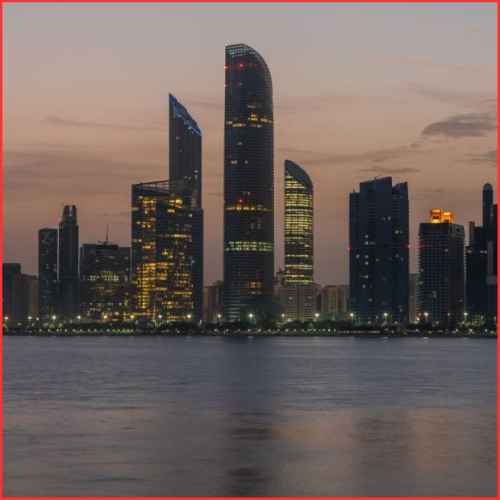With a market capitalization of about $48 trillion, the United States is by far the world’s largest equities market. China ($9.7 trillion) and Japan ($6 trillion) come next.
For the first time, Indian markets reached the historic $4 trillion market value milestone on Wednesday. There are now just three nations in the $4 trillion-plus mcap club: the United States, China, and Japan. Hong Kong is also a member of the club. However, a significant contribution is made by enterprises from other countries, primarily China.
The total market capitalization of all BSE-listed businesses is presently at a record high of Rs 333 trillion, or $4 trillion.
With a market capitalization of about $48 trillion, the United States is by far the world’s largest equities market.
China ($9.7 trillion) and Japan ($6 trillion) come next.
According to Bloomberg data, India’s market capitalization has increased by about 15% this calendar year, while China’s has decreased by 5%. The United States is the only market in the top ten in terms of market capitalization that has risen faster than India (17%). This year, the aggregate global market capitalization increased by 10% to $106 trillion.
This year’s mcap advances have been fueled by increases in the wider market’s mid- and small-cap firms. Stocks outside the top-100 now account for 40% of the country’s market capitalization, up from 35% at the start of the fiscal year.
Since April 1, India’s mcap has increased by 27%. Meanwhile, the market capitalization of the top 100 businesses has increased by 17% to Rs 195 trillion, while those below the top 100 have increased by 46% to Rs 133 trillion.
“India’s correlation of returns with global equities is declining and is lower than it has ever been.” However, in terms of capitalisation, India is a significant stock market in a global perspective and cannot entirely depart from global equities market patterns. Softer global markets may limit absolute gains, whilst a robust global bull market may coincide with relative underperformance for low-beta countries such as India,” says Ridham Desai, MD & Head of Research at Morgan Stanley India.
Analysts believe that reaching the $4 trillion mcap level will enhance India’s reputation as the go-to market in the Asia and Emerging Market (EM) basket.
According to economists, India’s excellent profitability, macroeconomic stability, and domestic flows distinguish it as a standout market. In recent weeks, a half-dozen international brokerages, including Goldman Sachs, JPMorgan, Morgan Stanley, and CLSA, have suggested a bigger allocation to India in the EM and Asia Pacific (APAC) basket, despite the fact that valuations remain high in comparison to peers.
“India has the region’s best structural growth prospects.” We expect GDP growth to remain strong in 2024, at 6.3% year on year.
While the external macro backdrop of high longer-term interest rates, persistent dollar strength, slower China growth, and increased geopolitical uncertainty could potentially lead to elevated market volatility in the region, India is relatively less sensitive to these external shocks,” says Sunil Koul, APAC Equity Strategist at Goldman Sachs. The US-based firm upped its position in Indian markets to ‘overweight’ earlier this month.















